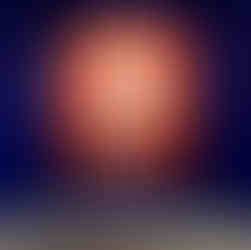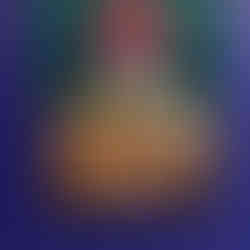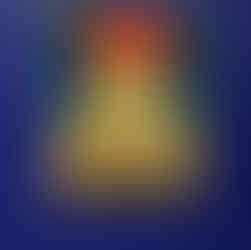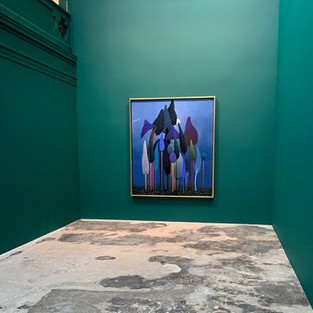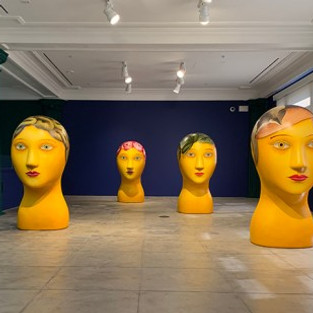Nicolas Party at Hauser & Wirth
- artandcakela
- May 22, 2020
- 3 min read
Updated: Jan 15

Nicolas Party, Sottobosco, Hauser & Wirth; Image courtesy of the gallery
An Homage To A Bygone Genre
Hauser & Wirth, Los Angeles closed April 12
By Lorraine Heitzman Since the heady, innocent days of February’s art fairs, many artists and galleries have been caught up in the maelstrom that is the pandemic. Among the many exhibits that suffered from unlucky timing was Nicolas Party’s Sottobosco at Hauser & Wirth. Party, a Swiss born artist who lives in Brussels and New York, shows recent pastels, murals and sculptures in a conceptual installation that mainly succeeds, but sometimes distracts from his captivating work.
The concept of this show hinges on the painting genre called sottobosco. Derived from the Italian word for undergrowth, sottobosco paintings depict forest floors, resplendent with mushrooms, lizards, leaves, snakes, and butterflies. They immerse the urban viewer in an earthy, dimly lit landscape, ripe with the smell of damp soil and foliage, glorifying a part of the natural world that is traditionally less romanticized. Party speculates that he was drawn to this genre for Los Angeles to highlight the contrast between our climate and the mysteries that remain hidden beyond the sun’s reach.
The best parts of Sottobosco are the artworks themselves. Known for his colorful palette and minimal stylized interpretations of portraits and landscapes, Party continues his signature look but with added intricacies. His figures maintain their sculptural presence (one is reminded of Botero) but they now have fungi, frogs and flowers seamlessly incorporated into their figures like contemporary, stripped-down versions of Giuseppe Arcimboldo’s characters. His landscapes are further abstracted and the two onsite pastel murals are immersive color experiences that manipulate scale and simplicity for a splashy, but meditative effect. The upstairs gallery is occupied by four standing sculptures of women who stare impassively, reduced to their heads and necks. Like much of Party’s work, they speak to historical precedents and modern illustration, a curious but powerful mix.
Party’s stagecraft, however, feels forced within the limits of the existing architecture. The installation grapples with the space of Hauser & Wirth’s South Gallery and the walls painted in deep jewel tones don’t always enhance his work. A small chapel-like structure dominates a narrow space that displays an original seventeenth century painting by the Dutch painter, Otto Marseus van Schrieck, creating, in effect, a shrine to sottobosco. It seems intended to be a reverent space, but the faux painting is overly theatrical and self-conscious. One imagines that Party is interested in bridging his work to the past, but his paintings do not need these visual clues; they work quite beautifully by themselves.
The strength of Nicolas Party’s work is precisely in their inherent drama. He brilliantly uses soft pastels to create smooth, lush textures that emphasize the curvaceous volumes of his figures and landscapes. And he does it with great economy. The results are often dreamlike in their silence, but memorable for their iconic presence. It is unfortunate that the show’s accessibility was curtailed, but Party will be around far longer than our current state of isolation and we will undoubtedly be seeing more from him in the near future.
Hauser & Wirth Los Angeles 901 East 3rd Street, Los Angeles 90013
#losangeles #california #losangelesartist #art #painting #shoeboxpr #laverne #Sottobosco #losangelesart #contemporaryart #southerncalifornia #abstract #collage #artgallery #artinterview #gallery #museum #artandcake #artexhibition #installation #fineart #artist #soloshow #mixedmedia #arts #artreview #artmagazine #HauserampWirth #NicolasParty #ArtandCulture #exhibition #exhibit #lorraineheitzman












